Cloud Computing & Cloud Migration And Their Benefits
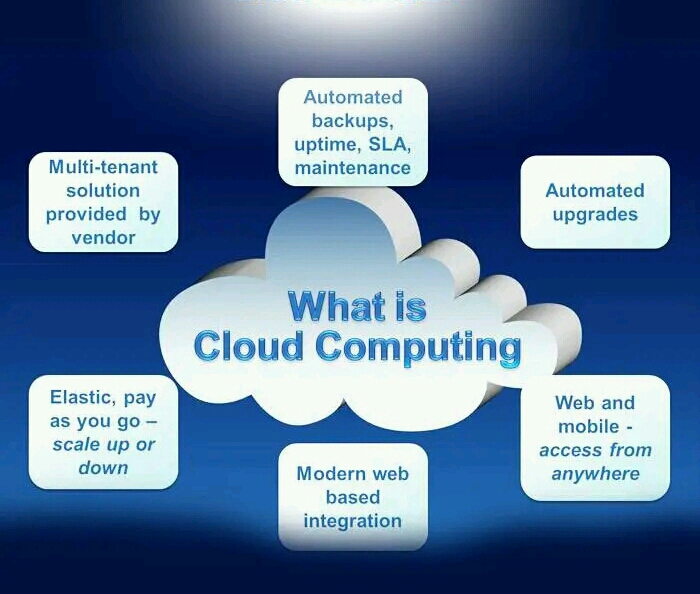
Cloud Computing & Cloud Migration And Their Benefits
Cloud Computing is the use of hardware and software to deliver a service over a network (typically the Internet).
Cloud Computing (or Cloud Solutions) is what happens when any data or processes required to run your business are not stored in your operating system, but rather are stored in “The Cloud”, or in other words, across the internet in a data center. This can include your data (files), email, website, file sharing and database servers.
Cloud computing is a popular option for people and businesses for several reasons including cost savings, increased productivity, speed and efficiency, performance, and security.
Cloud Computing & Cloud Migration And Their Benefits
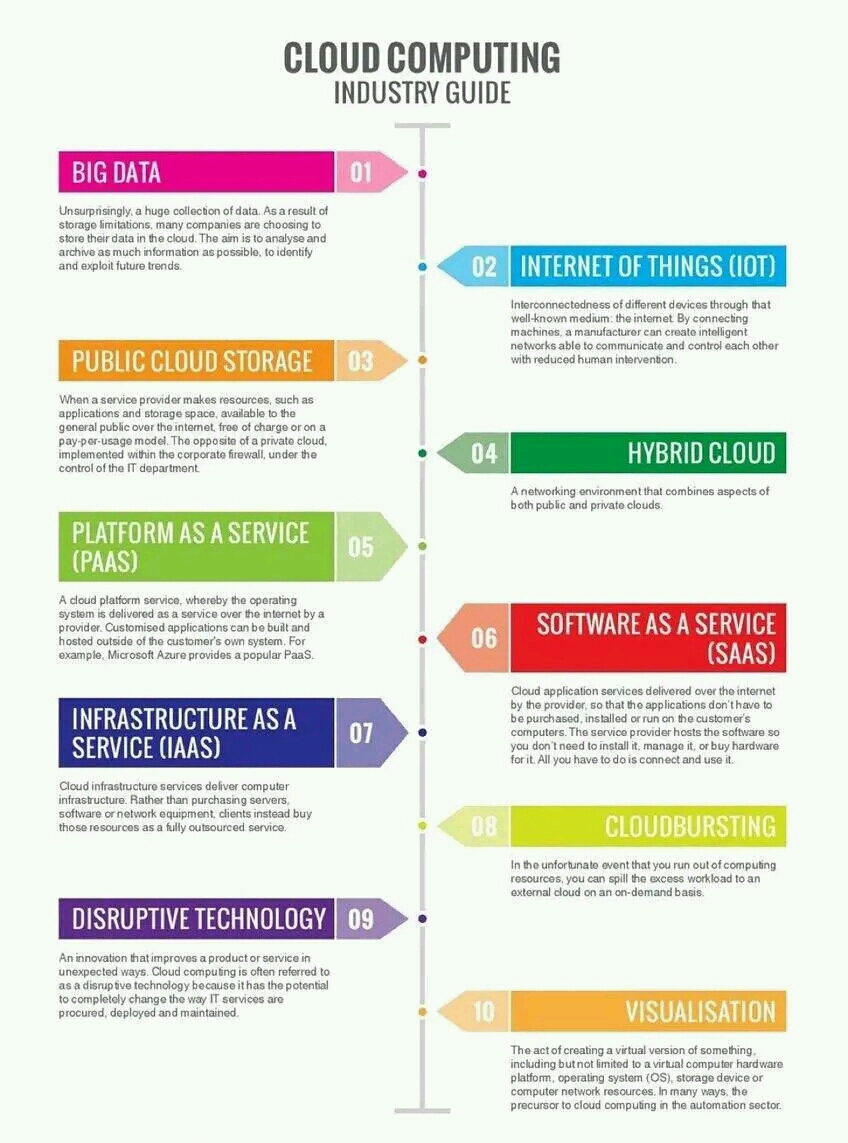
Cloud Computing and Its Benefits.
Cloud computing is the delivery of on demand computing resources through the network.
Businesses both small and enterprise stand to benefit tremendously from cloud computing because it saves both businesses cost, time, and security challenges of hosting, developing and acquiring all resources needed for the business.
For example, an SME into airline ticketing may require to have a website, and so will require to acquire server to host its domain name, provide power supply 247 to keep the website active for their customers, maintain and support the server and fight against security risks and attacks.
One of the biggest benefits of cloud computing is saving physical disk space on your business’s devices.
With cloud computing, you drastically reduce capital cost by spending around less 50% of original cost to acquiring computing resources from cloud providers of your choice, worry less in security maintaince, spend less hiring technical hands to do the job and focus on growing your business and providing quality service to your customers.
Some key considerations for cloud adoption:
Agility
Flexibility
Competitiveness
Example of these computing resources:
1. Network
2. Servers
3. Storage
4. Applications
5. Services
Four (4) Service Models of Cloud:
1. Infrastructure as a Service (IaaS)
2. Platform as a Service (PaaS)
3. Severless
4. Software as a Service (SaaS).
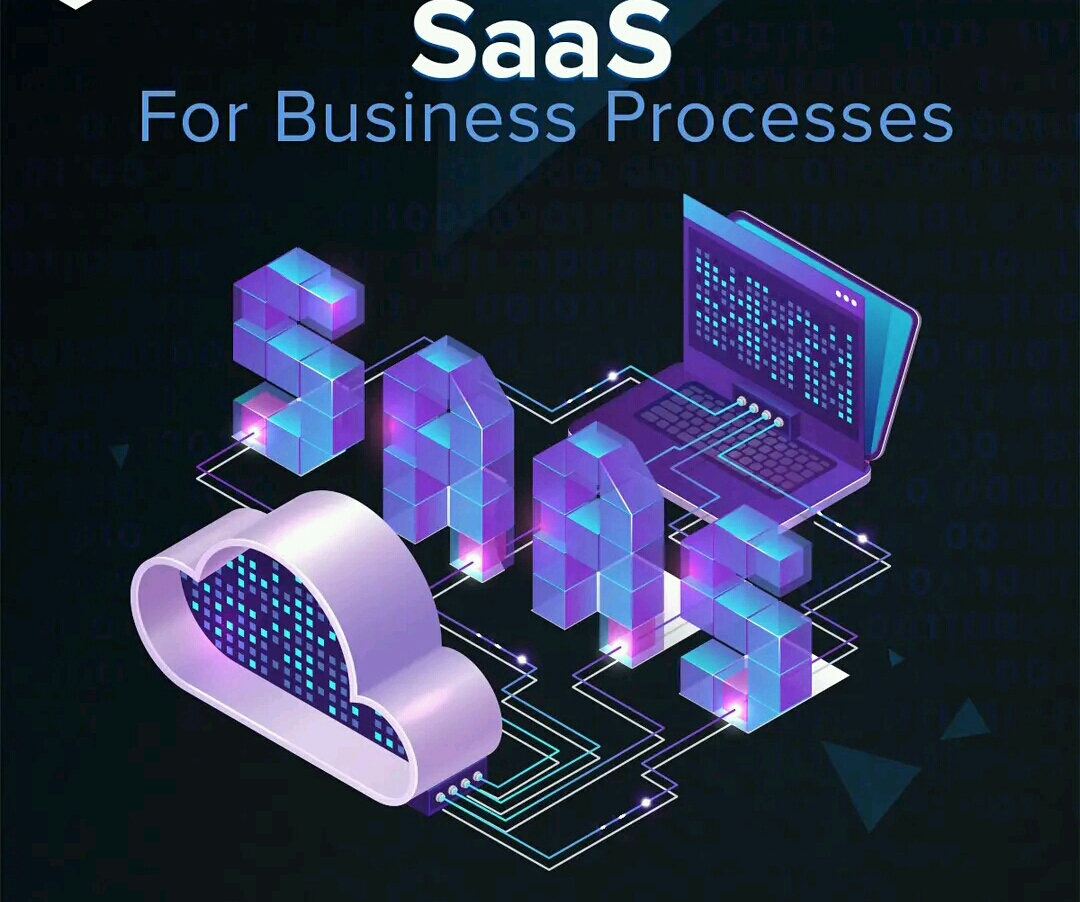
Why SaaS?
Software as a service (or SaaS), also known as on-demand software and Web-based/Web-hosted software, is a way of delivering applications and delivery models over the Internet, in which the software is licensed on a subscription basis and is centrally hosted.
SaaS is one of four main categories of cloud computing, alongside infrastructure as a service (IaaS) and platform as a service (PaaS). Its products range from personal entertainment, such as Netflix, to advanced IT tools as Zoom and ZenDesk, and they are frequently marketed to both B2B and B2C users.
Key characteristics of the SaaS model:
1- A multitenant architecture, in which all users and applications share a common infrastructure.
2- The ability for each user to easily customize applications to fit their business processes without affecting the common infrastructure.
3- Improved access to data from any networked device.
Examples of some of the largest publicly owned SaaS companies in 2021 are: Adobe, Shopify, ServiceNow, Atlassian, and Zoom.
Cloud computing and SaaS services grow long-term relationships with service providers, leaning on their flexibility and cost.
Cloud computing allows you to focus on what you consider most important, such as code and customer relations.
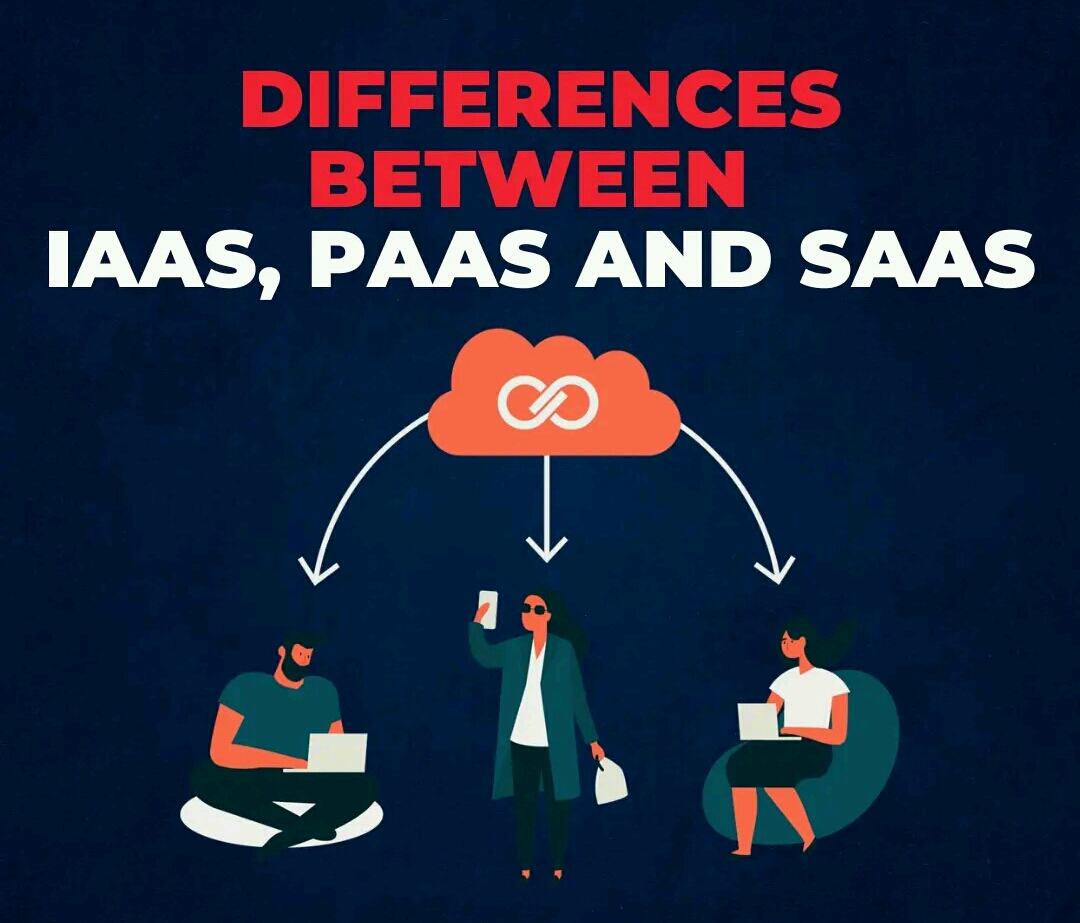
Here we leave you how each one differs:
Infrastructure as a Service (IaaS)
Platform as a Service (PaaS)
Software as a service (SaaS).
IaaS:
It is a pay-as-you-go service, where a third party provides you with infrastructure services, such as storage and virtualization, when you need them, through the cloud or the Internet.
PaaS
It moves a little further from the complete management of the local infrastructure. In this case, the provider hosts the hardware and software on its own infrastructure and offers the platform to the user as an integrated solution, solution stack, or service over the Internet.
SaaS
Also known as cloud application services, it is the most comprehensive of the cloud computing options. It offers a comprehensive application that is managed by the provider, through a web browser.
Three (3) deployment models:
1. Public Cloud
2. Private Cloud
3. Hybride Cloud
Some Cloud Service Providers:
1. AWS
2. IBM Cloud
3. Google Cloud
4. Oracle Cloud
5. SAP
6. Alibaba Cloud
7. Microsoft Azure…
Some of the products the above cloud service providers offers:
Compute
Network
Storage
Security
Management
DevOps
Databases
IoT
Machine Learning
Serverless Computing
SaaS suite (ERP, CRM, HCM, Sales, Marketing, CX..)
Platform Suite (Google search, YouTube)
An example of a Cloud Computing provider is Google’s Gmail. Gmail users can access files and applications hosted by Google via the internet from any device.
Cloud Computing & Cloud Migration And Their Benefits
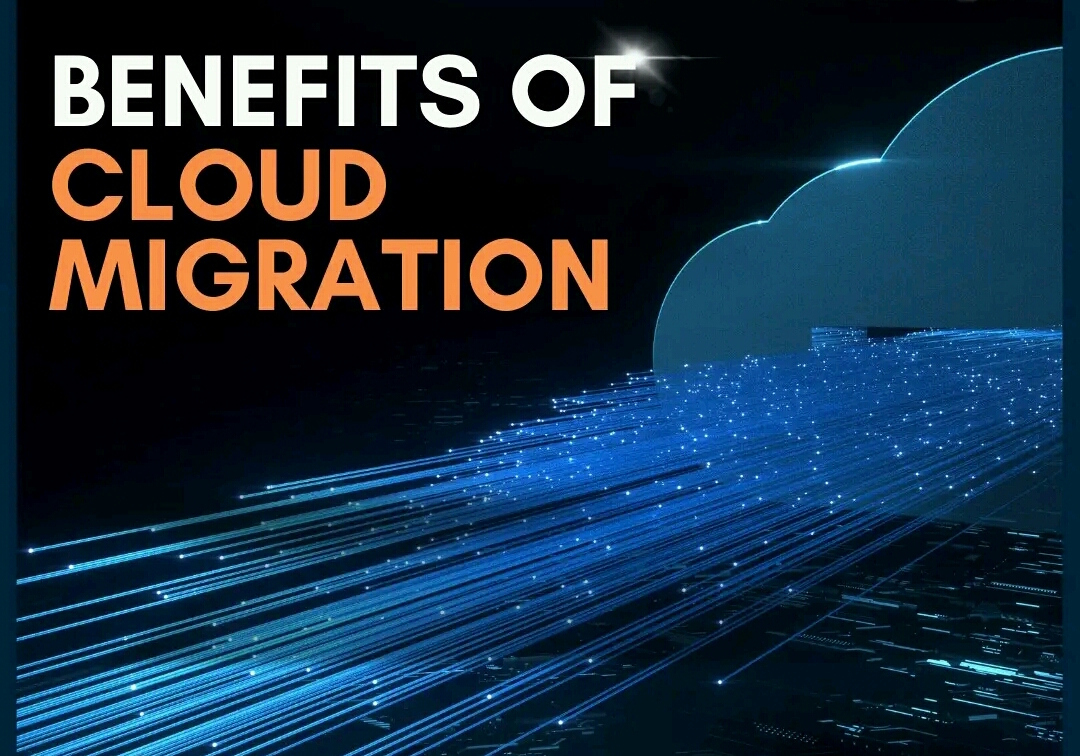
What is Cloud Migration?
Cloud Migration is simply the adoption of cloud computing. It is the process of transferring data, application code, and other technology-related business processes from an on-premise or legacy infrastructure to the cloud environment.
Cloud Migration is a phenomenal transformation in the business information system domain as it provides adequate services for the growing needs of businesses. However, moving data to the cloud requires preparation and planning in deciding on an approach.
Types of Cloud Migration
The process of Cloud Migration creates a great deal of concern in the business and corporate world who have to prepare for many contingencies that come along with it. The type and degree of migration may differ from one organization to another. While certain organizations may opt for a complete migration, others may do so in part while others remain on-premises. Some process-heavy organizations may require more than one cloud service.
In addition to the degree of adoption, other parameters categorize Cloud Migration. These are some of the more commonly seen use-cases.
1. Lift and Shift
This process involves moving software from on-premise resources to the cloud without any changes in the application or a process used before. It is the fastest type of cloud migration available and involves fewer work disruptions since it involves only infrastructure, information, and security teams. Furthermore, it is more cost-effective compared to other methods available.
The only downside to this method is that it does not maximize the advantages of the performance and the cloud’s versatility as it involves only moving the application to a new location. Therefore it’s more suitable for companies with regular peak schedules and who follow market trends. Consider it as a first step in the adoption of the Cloud Migration process.
2. The Shift to SaaS
This method involves outsourcing one or more preferred applications to a specialized cloud service provider. Through this model, businesses can off-load less business-critical processes and be more focused on their core applications. This setup will lead to them becoming more streamlined and competitive.
While this method provides the ability to personalize your application, it sometimes can cause problems in the support model provided by the SaaS (Software-as-a-service) platform. It’s risky enough that you could lose some competitive edge in your industry. This method is more suitable for non-customer facing applications and routine functionalities such as email and payroll.
Legacy Application Refactoring
Cloud migration processes allow companies to replicate their legacy applications completely into the cloud platform by refactoring them. In this way, you can allow legacy applications to function and concurrently build new applications to replace the old ones on the cloud.
Refactoring lets you prioritize business processes by moving less critical ones to the cloud, first. This method is cost-effective, improves response time, and helps in prioritizing updates for better interactions.
3. Re-platforming
Re-platforming is a cloud migration process that involves replacing the application code to make it cloud-native. This process is the most resource-intensive type of migration, as it requires a lot of planning.
Completely rewriting business processes can also be quite costly. Nonetheless, this is the migration method that allows for total flexibility and brings you all the benefits of the cloud to its fullest extent.
Cloud Computing & Cloud Migration And Their Benefits
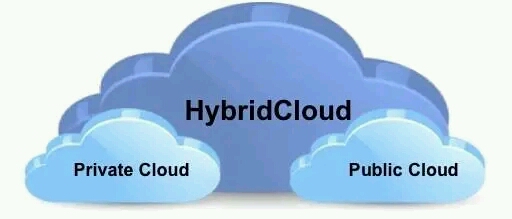
What Is Hybrid Cloud Computing?
Hybrid cloud is a cloud computing environment that uses a mix of on-premises, private cloud and third-party, public cloud services with orchestration between the two platforms.
Hybrid Cloud Computing is essentially an IT architecture fusion of public and private cloud services. What exactly does that mean?
Public cloud is computing services offered by third-party providers, and made available over the internet for anyone to use or purchase.
Private cloud, on the other hand, is computing services and on-premises infrastructure hosted by the service provider. Hybrid cloud computing combines these two environments allowing data and applications to be shared between the two.
Hybrid cloud computing is very necessary especially when it comes to the agility of workloads. This supports workload convenience and deployment across the different cloud environments. The most popular use of hybrid cloud is with Amazon Web Services (AWS) wherein its cloud infrastructure and services are deployed into a range of locations.
What is virtualization?
In cloud computing, the process of separating software (such as an operating system or an application) from the hardware that it runs on is called virtualization. This frees the software from needing to be run on a specific device—and allows it to be run on any device. For most people, the most familiar usage of virtualization is when they access a remote version of their work desktop on a personal device, but IT professionals also use it for virtual computers, virtual applications, storage, networks, and servers. Virtualization has been around for years but is enjoying a boom due to the worldwide demand for IT infrastructure with virtualization solutions to enable highly secure remote work from anywhere in the world.
So, virtualization is the process—and the “machines” created using this process are called virtual machines, or just VMs for short.
SEE ALSO : APPLICATIONS OF MACHINE LEARNING IN REAL WORLD
Hope this post on Cloud Computing & Cloud Migration And Their Benefits helps?
Comments are closed.